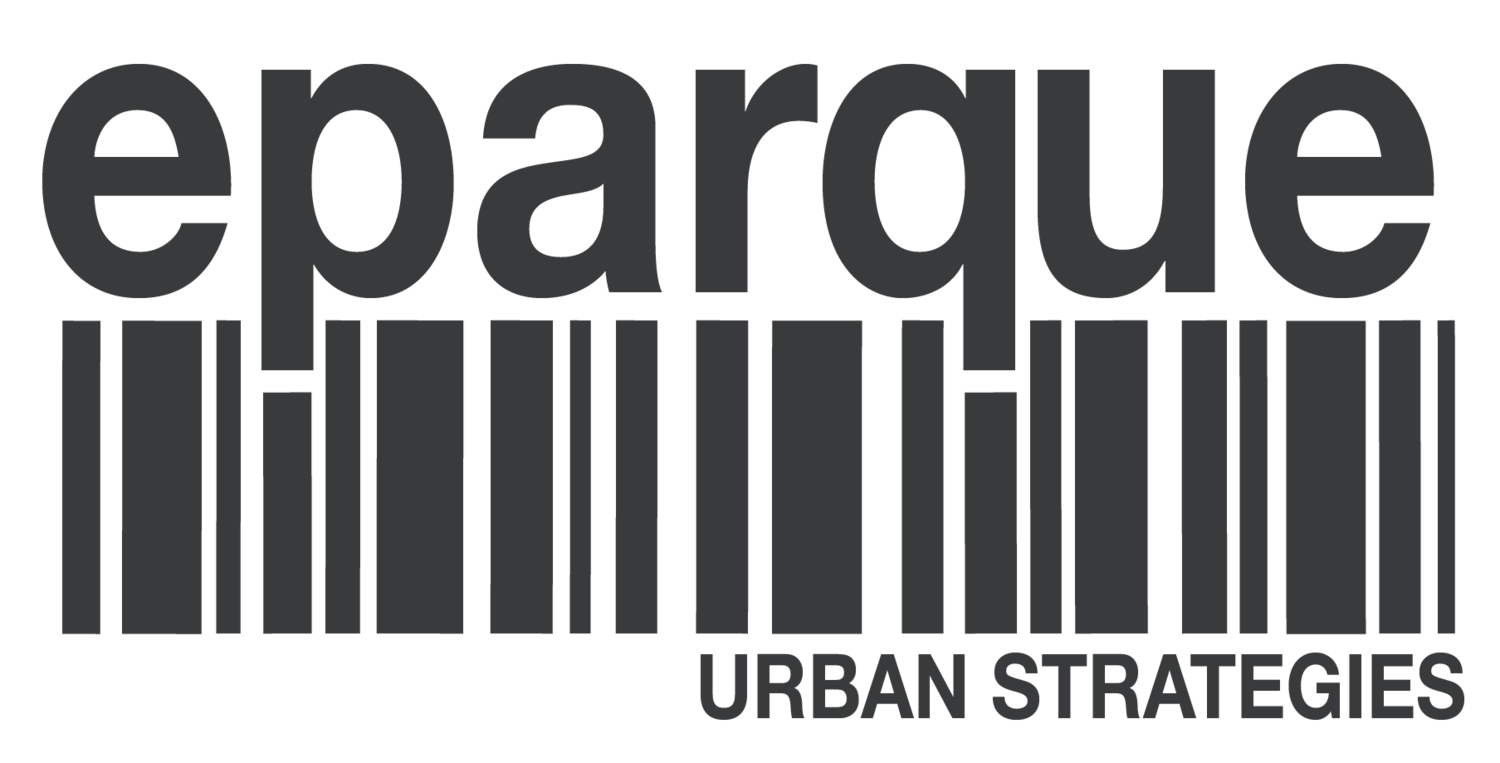Unlocking Islamic Endowments of Land (Waqf) for Poverty Alleviation: Findings from a Multicountry Survey of Contemporary Waqf Administration and Management (2014)
From Fez in Morocco to Hyderabad in India, up to a third of all land in cities with a historic Islamic presence lies stagnant, even though it has been designated for a social purpose through waqf (pl. awqaf)—Islamic charitable endowments. Awqaf have the potential to drive large-scale social development, but lack of knowledge regarding their numbers and administration hampers those opportunities. This paper presents the initial findings of a multicountry survey of the administration and management of land awqaf and features snapshot profiles of Afghanistan, India, Indonesia, Iran, Morocco, and Uzbekistan. In nearly all the countries examined, centralized and purely public management frameworks struggle to tap the potential of waqf holdings, often receiving rents of less than 1/100th of market value. With little capacity to improve or maintain the properties, governments end up leaving much waqf land abandoned or underutilized.
The paper makes several recommendations for the revitalization of awqaf. Although country contexts varied widely, there are cross-cutting areas of opportunity to unlock these social land assets:
Separating management of charitable awqaf from management of religious awqaf.
Restructuring public-sector management incentives, especially in highly centralized contexts, with tools to facilitate deeper private-sector involvement.
Affirming and revitalizing innovative legal and financial instruments for waqf management within the Islamic jurisprudence tradition and connecting those to related global land tools.
Supporting transparency and availability of data on current waqf holdings.
Building knowledge and advocating for policy and programmatic reform in accordance with these four points can revitalize awqaf as culturally relevant and potent vehicles for the private provision of public goods, especially to the underprivileged.
The paper was presented at the World Bank Land and Poverty Conference in 2014.
